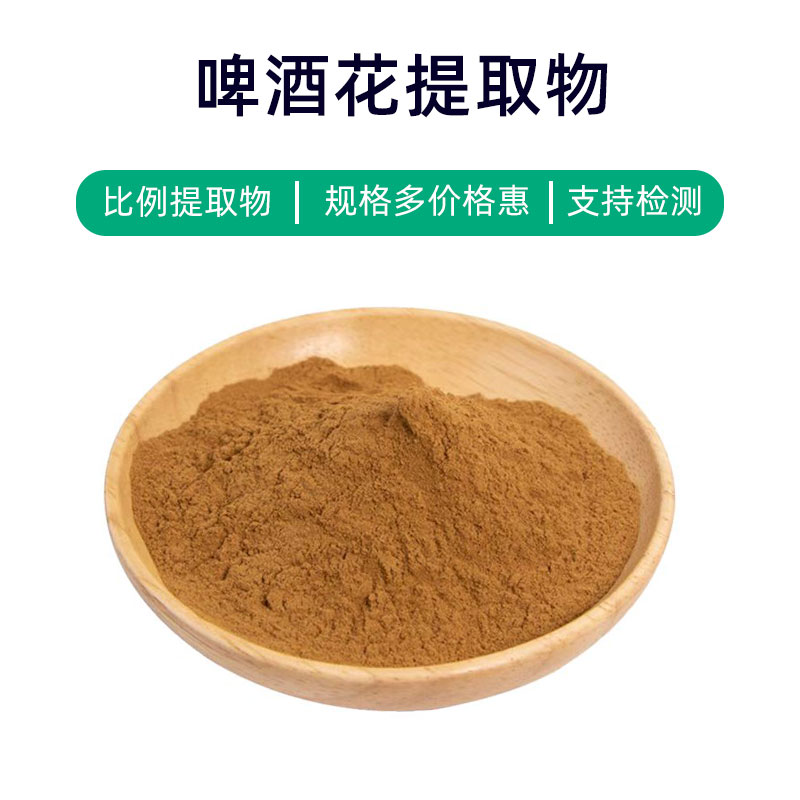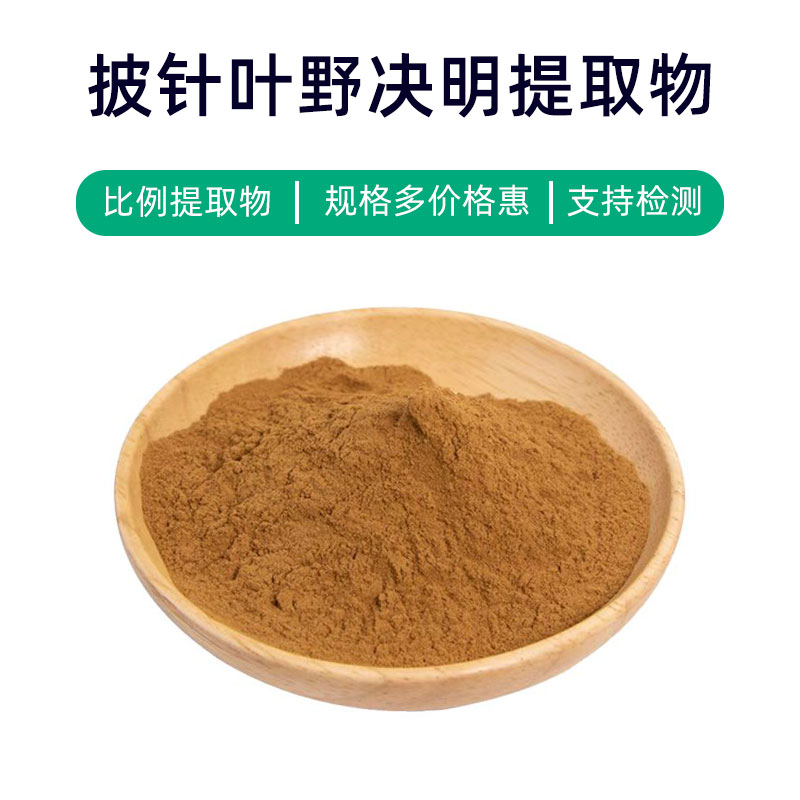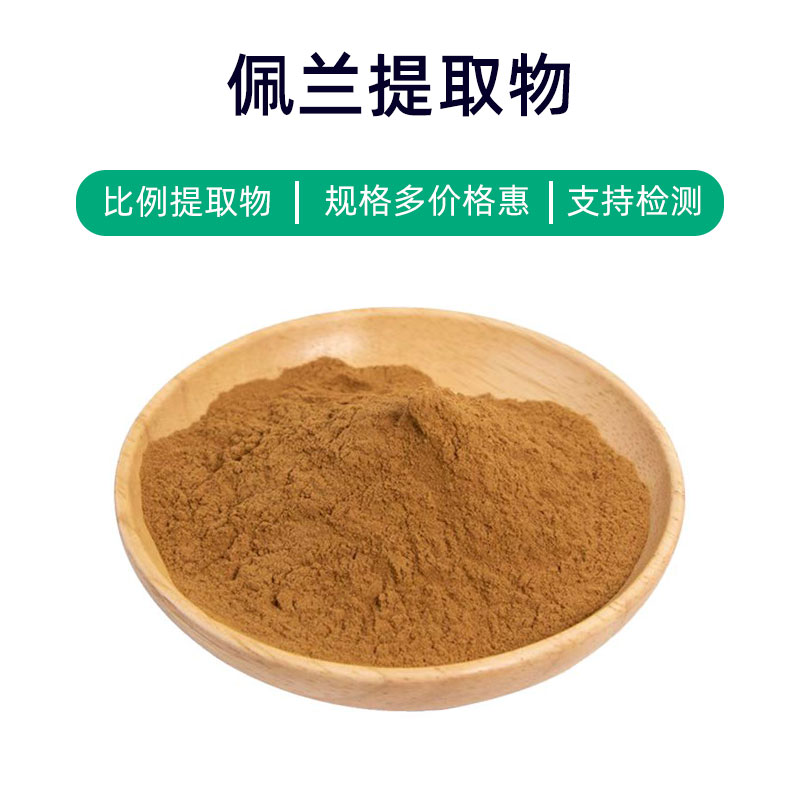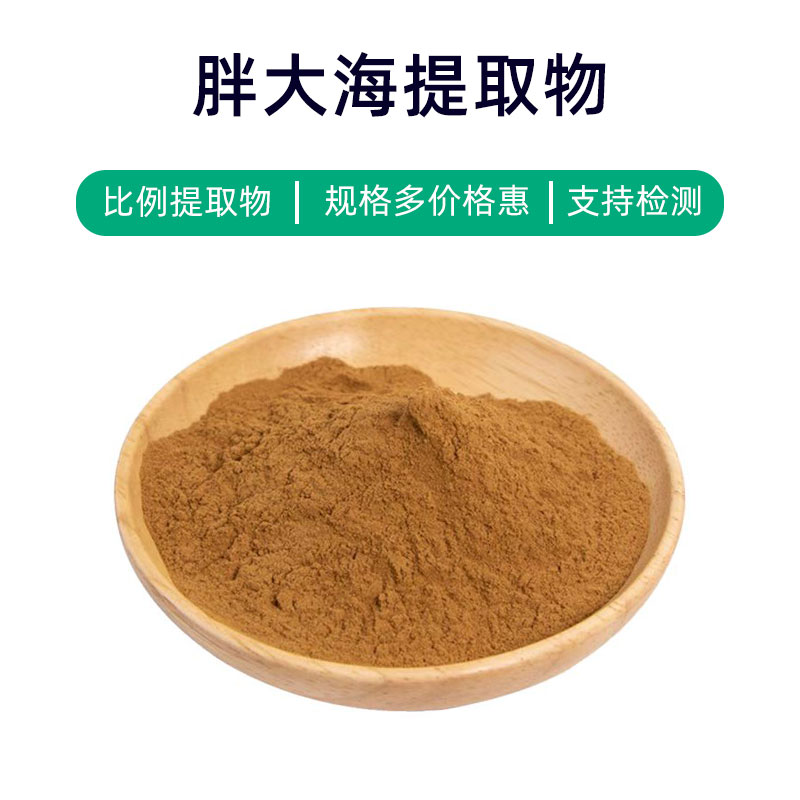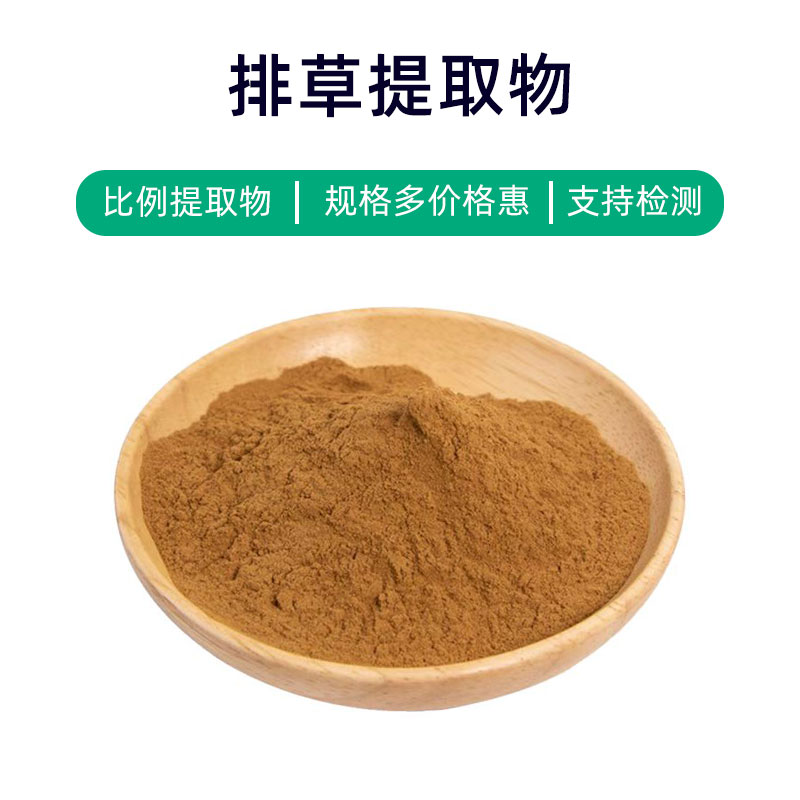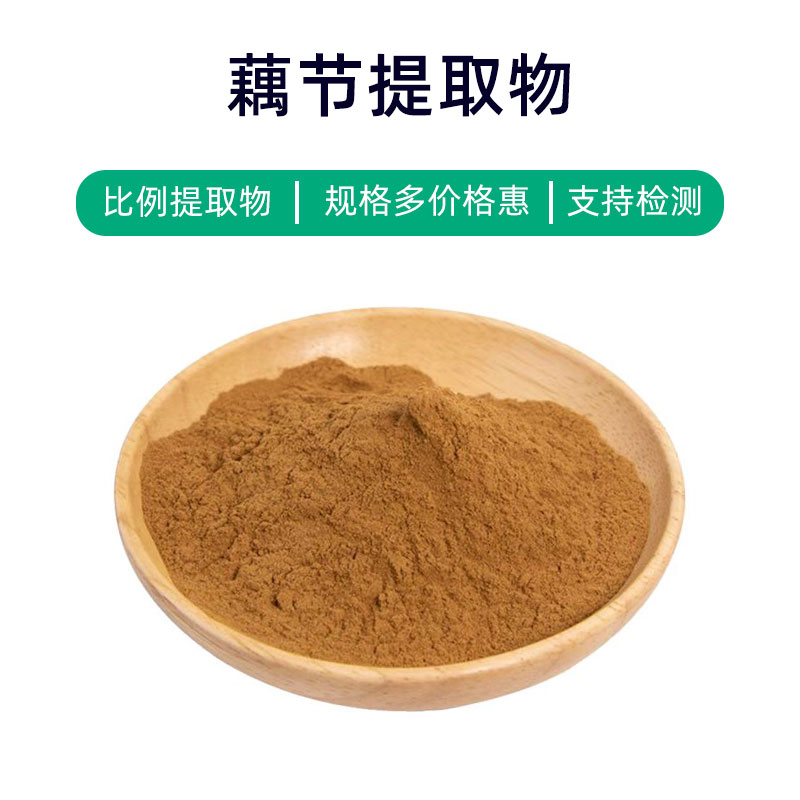Introduction to Celosia Extract
Celosia extract is a natural plant extract derived from Celosia (Scabiosa atropurpurea), with main components including flavonoids, polysaccharides, and essential oils. This extract has various health benefits and is widely used in medicine, food, and cosmetics.
Firstly, Celosia extract is widely utilized in medicine. Its flavonoid components possess anti-inflammatory and antioxidant properties, which can be used to develop anti-inflammatory drugs that help alleviate inflammatory responses and promote wound healing. Additionally, the polysaccharide components enhance the immune response, helping to boost resistance and overall health.
Secondly, the extract is also applied in the food industry. It can function as a natural antioxidant for food preservation and extend the shelf life of products. Moreover, it is added to health supplements to enhance immune function and improve overall well-being.
Lastly, in cosmetics, Celosia extract is commonly used in skincare products. Its antioxidant and anti-inflammatory properties can slow down the aging process, prevent dryness and wrinkle formation. It can also soothe the skin and reduce allergic reactions, making it suitable for sensitive skin care products.
In summary, as a natural plant extract, Celosia extract offers anti-inflammatory, antioxidant, and immune-boosting benefits, showing promising applications in medicine, food, and cosmetics.
Production Process of Celosia Extract
The production process of Celosia extract includes several key steps:
- Collection and Initial Processing: Select an appropriate time during the flowering season for collection, usually while the flowers are blooming. The harvested Celosia should be fresh and free from pesticides or other contaminants. Initial processing includes cleaning and drying to remove impurities and preserve freshness.
- Extraction of Active Ingredients: The processed Celosia flowers undergo extraction to isolate effective components. Common extraction methods include water extraction, ethanol extraction, or supercritical fluid extraction. Different methods can affect extraction efficiency and the composition of the extract.
- Concentration and Separation: The extracted solution needs to be concentrated, usually employing concentrators or evaporators. The concentrated extract can be further separated using techniques like freeze separation or solvent separation to isolate target components and eliminate impurities.
- Refinement and Purification: Post-concentration and separation, the extract undergoes refinement to remove residual solvents, impurities, and other unwanted components, enhancing purity and quality.
- Drying and Milling: The refined extract is dried to remove moisture, with common methods including spray drying and vacuum drying. The dried extract can then be milled to achieve the desired particle size.
- Packaging and Storage: Finally, the processed Celosia extract is packaged, usually in sealed containers to prevent contamination and moisture. The packaged products should be stored properly in a dry, cool, and ventilated environment, away from direct sunlight and high temperatures, ensuring quality and stability.
Following these steps yields high-quality Celosia extract for applications in medicine, food, and cosmetics.
Efficacy and Side Effects of Celosia Extract
Celosia extract is a common herbal extract with various benefits, including:
- Anti-Inflammatory Effects: Rich in bioactive components, Celosia extract exhibits significant anti-inflammatory properties, effectively alleviating skin inflammation, redness, and pain, providing relief for conditions such as eczema and dermatitis.
- Antioxidant Properties: The active components in Celosia extract possess strong antioxidant capabilities, neutralizing free radicals, delaying cellular aging, and protecting the skin from environmental damage, thus helping maintain skin health.
- Antibacterial Effects: Celosia extract contains multiple components with antibacterial activity, inhibiting the growth of bacteria, fungi, and viruses, providing support in treating skin infections and acne.
- Moisturizing Benefits: Celosia extract effectively increases skin moisture content, enhancing its hydration capabilities, resulting in soft and smooth skin.
- Soothing Sensitivity: Celosia extract offers soothing effects for sensitive skin, alleviating irritation and discomfort, reducing symptoms like redness and itching caused by environmental triggers.
- Promoting Wound Healing: The active components in Celosia extract promote skin cell regeneration and repair, aiding in faster wound healing and reducing scar formation.
Celosia extract is generally considered safe as a natural plant extract, but individual variations and allergic reactions should be noted during use. Long-term excessive use may lead to skin allergies or irritation, so conducting a patch test prior to full application is advisable. Pregnant women, nursing mothers, and infants should use under medical supervision to ensure safety.
Application Scenarios and Dosage of Celosia Extract
Celosia extract is widely applied in medicine, food, and cosmetics. Here’s a detailed overview of its applications and dosage:
- Applications in Medicine:
- Treating Skin Inflammation: Celosia extract can be formulated into topical creams or sprays for treating eczema, dermatitis, and acne. It is generally recommended to apply 2-3 times daily on affected areas, gently massaging until absorbed.
- Skin Care: Adding Celosia extract to skincare products provides moisturizing, antioxidant, and soothing benefits, improving issues like dryness and sensitivity. It can be included as required in lotions, masks, etc.
- Applications in Food:
- Flavoring Additive: Celosia extract adds a certain aroma and bitterness to food products and can be used in flavoring additives in beverages, alcoholic drinks, and candies to enhance taste and nutritional value.
- Tea Beverages: Celosia extract can be used to prepare herbal tea, offering cooling and thirst-quenching benefits. Generally, 1-2 grams per use can be steeped in boiling water for consumption.
- Applications in Cosmetics:
- Skincare Additive: With rich active components, Celosia extract can be added to skincare products like creams, lotions, and masks, offering moisturizing, soothing, and antioxidant effects.
- Cleansing Products: Including Celosia extract in facial cleansers can purify the skin and cleanse pores. Typically, an appropriate amount is applied to wet skin, gently massaged, and rinsed off.
When using Celosia extract, it is recommended to conduct a skin sensitivity test first to ensure that no allergic reactions or adverse effects occur. Always adhere to product instructions or physician recommendations to avoid negative impacts due to excessive or improper use. Pregnant women, nursing mothers, and infants should consult medical professionals before use to ensure safety.
Plant Source Introduction, Distribution, and Growing Environment of Celosia Extract
Celosia, scientifically classified as Celosia cristata L., is a common ornamental plant also used for medicinal and culinary purposes. Here are detailed insights on the source plant of Celosia extract, its distribution, and growing conditions:
- Source Plant Details:
- Celosia belongs to the amaranth family (Amaranthaceae) and the genus Celosia, characterized as an annual herbaceous plant, reaching heights of 20-60 centimeters.
- The inflorescences display a wide range of colors, such as red, pink, yellow, and orange, and their shape resembles a comb, giving rise to the name "Celosia."
- Distribution:
- Originally native to the tropical regions of Africa, mainly found in Nigeria, Cameroon, and Ghana.
- It is now widely cultivated worldwide, including in Asia, Europe, and the Americas, with cultivation also seen in southern China.
- Growing Environment:
- Celosia thrives in sunny, warm climates with well-draining soil.
- While soil requirements are not stringent, it prefers loose, fertile sandy soil that drains well.
- Ideal temperatures during the growing season range from 20-30°C; it is not frost-tolerant and can be damaged by low temperatures.
- Cultivation Methods:
- Celosia seeds germinate quickly and can be sown directly or started in seedbeds for transplanting, with 2-3 seeds sown per hole.
- Post-sowing, it is essential to keep the soil moist while ensuring good airflow and light conditions, beneficial for seedling growth.
- Regular fertilization and weeding during growth promote healthy plant development and flowering.
In summary, Celosia is an easy-to-cultivate ornamental plant, originally from tropical Africa, now widely distributed globally. It enjoys warm, sunny growing conditions and is not demanding in terms of soil, making it suitable for home gardens or landscape designs.
Processing and Storage of Celosia Extract
The processing and storage of Celosia extract are crucial steps in ensuring its quality and stability.
Processing Steps Include:
- Harvesting: Select robust Celosia plants and process the flowers immediately after picking to maintain freshness.
- Drying: The harvested flowers should be dried in a well-ventilated, cool, and dry environment until fully dried.
- Extraction: The dried Celosia flowers undergo extraction using common methods like water or ethanol extraction to isolate their active components.
Storage Methods:
- Dry Storage: The extract should be stored in a dry, cool, and well-ventilated place, away from direct sunlight and high humidity, to prevent moisture and mold growth.
- Sealed Storage: Place the extract in sealed containers, incorporating desiccants to absorb moisture and prevent the ingress of air and humidity.
- Avoid Contamination: Ensure that containers and tools used for storing the extract are clean to prevent contamination from impurities and microorganisms.
In conclusion, strict controls during the processing of Celosia extract are necessary to maintain the stability and purity of its active components. During storage, ensuring dryness, sealing, and preventing contamination are key factors in maintaining product quality.
Monica Sun is a seasoned expert in the plant extraction industry with over a decade of experience in research and production. She specializes in the extraction and purification of plant active ingredients, focusing on driving innovation in natural product applications. Monica has participated in the development of multiple functional plant extracts, delivering high-value natural raw material solutions for the health food, pharmaceutical, and dietary supplement sectors.









